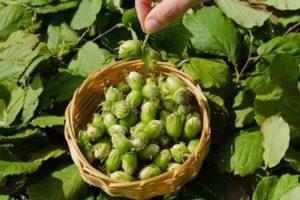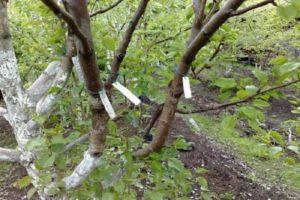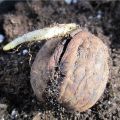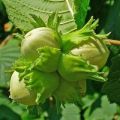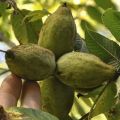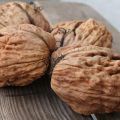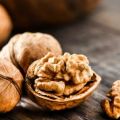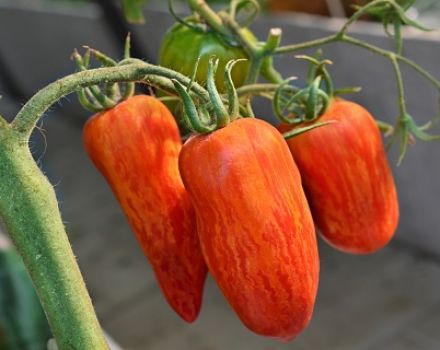How to prune walnuts in spring, summer and autumn and rules for crown formation
Pruning an adult walnut tree is not the most difficult task, but it is important to approach it responsibly. To remove excess branches, only sharp pruners and garden shears are used so that no creases remain at the cut sites.
Why you need to prune
It is necessary to prune any trees almost every year depending on the growth rate of the branches. To understand whether you need to prune a walnut, it is enough to pay attention to the appearance of the tree. Usually, even an inexperienced gardener knows that it's time to remove the excess.
A regular procedure increases fruiting, immunity to crop diseases. Anti-aging pruning is responsible for this. In addition, the exercise helps to get rid of some diseases of the walnut.
Basic schemes
Correctly forming a walnut crown is possible only after studying the basic schemes. The formation of the crown is a crucial stage in the care of the tree, on which not only the yield, but also the health of the walnut depends. A tree can be formed according to several schemes.

Improved tiered
With improved tiered pruning, only 3 skeletal branches are left on each tier. The distance between them should be no more than 15 cm. In the fall, the second stage is carried out - the lower tier of the branches is cut so that nothing grows on the trunk at a distance of 1.5 m from the ground. It is advisable to trim the walnut so that there are 5-6 tiers of branches on it.
The distance between the tiers was 50 cm. And the top is completely cut off so that the branches grow in breadth and not upward.
Leader
The main principle of crown formation by this type is the distribution of branches, which belong to the skeletal species, at a distance of 50 cm from each other. Before the onset of fruiting, skeletal shoots are left. And then their length is gradually cut.
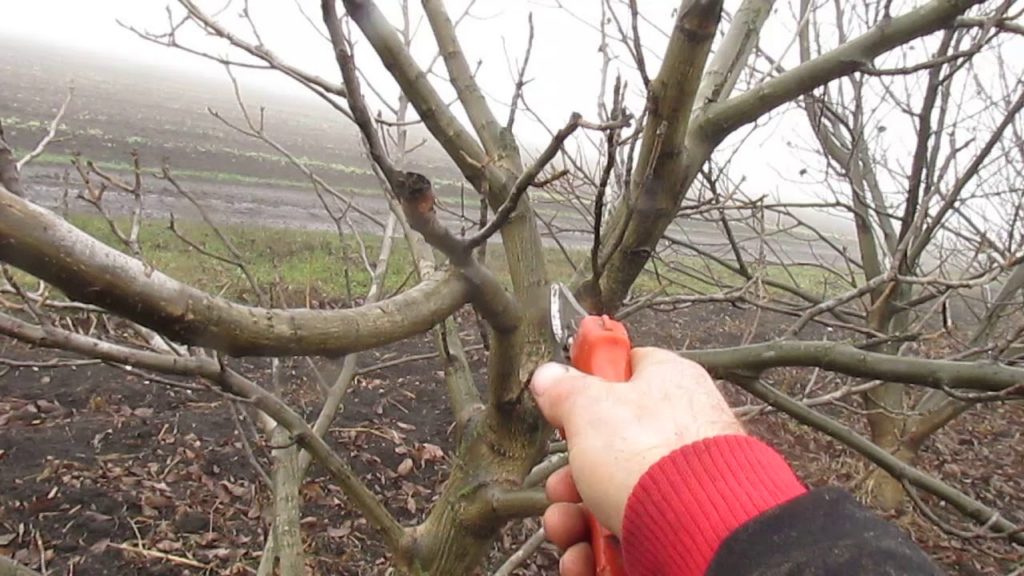
Cup-shaped
Cup-shaped pruning not only increases yields, but also makes it easier to harvest the tree. The stem with this procedure has a length of 1.5-2 m. 3-4 skeletal branches are left. The distance between them is about 50 cm.
The central branch is cut off at the base, and the two upper ones are crossed with the lower ones. Every year for 3-4 years, cupped pruning is done in the fall.
Features of anti-aging pruning
The rejuvenating procedure is performed only on trees that have reached many years of age. For walnuts, it is 10 years.It is not recommended to carry out the procedure before this period. You can rejuvenate a tree with different types of pruning. But there are a number of features that they all have in common.
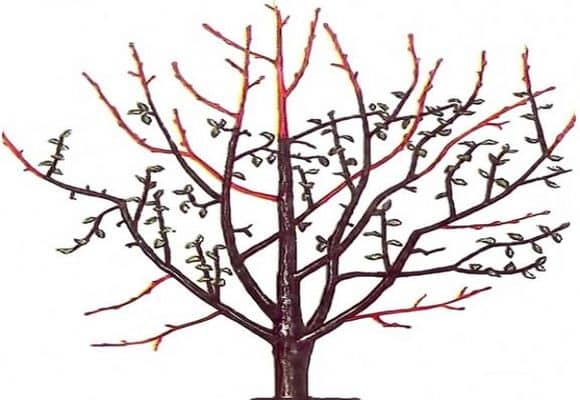
Features of pruning old trees:
- During the procedure, dry branches and part of the skeletal branches are removed.
- The need for a rejuvenating procedure appears in the event that the yield has decreased, and the plant has grown greatly.
- The procedure is performed in early spring or summer.
- Remove branches in places with side branches.
Rejuvenating pruning stimulates the flow of nutrients to the plant, helps to awaken the kidneys. The quality of the fruit also improves.
What tools will be needed
First of all, you will need a pruning shears to trim a walnut. Before carrying out the procedure, it should be sharpened as sharply as possible.

Tools for work:
- Lopper.
- Scissors.
- Brush cutter.
- Hacksaw.
All tools must be well sharpened. Use a hacksaw for thick branches. For thin shoots, garden shears work well. The branches of medium thickness are cut with pruning shears.
The rest of the instruments may not be needed, but just in case it is better to have them with you during the procedure.
Terms of work
There are several favorable periods when you can form a walnut. Walnut pruning is done in spring, summer or fall. The most favorable period for crown formation is summer, or more precisely, July-August. Cuts after summer pruning heal faster, and the tree does not get sick for so long. Also during this period, the intensity of sap flow quickly returns to normal.
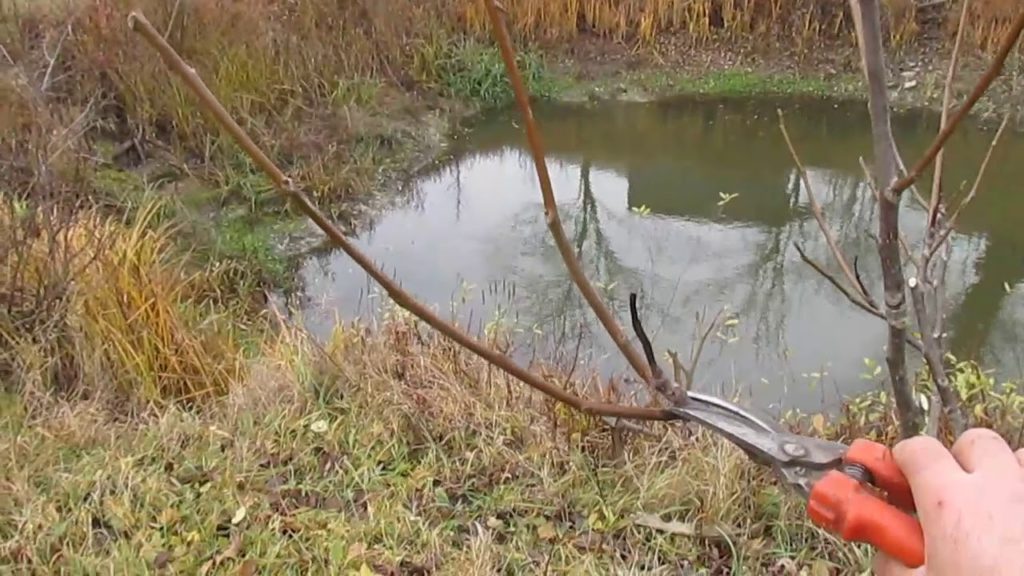
Pruning after winter
The first time of the year, walnuts are pruned in the spring, after warm weather. It is not recommended to carry out the procedure until a positive temperature is established outside, even at night. In the spring, anti-aging pruning is carried out, which is aimed at forming the crown and its renewal.
In the spring, the procedure is carried out in March-April. During this period, the nut tolerates the procedure more easily. Spring crown formation is carried out after the height of the tree is 1.5 m. Particular attention should be paid to the formation of a young seedling.
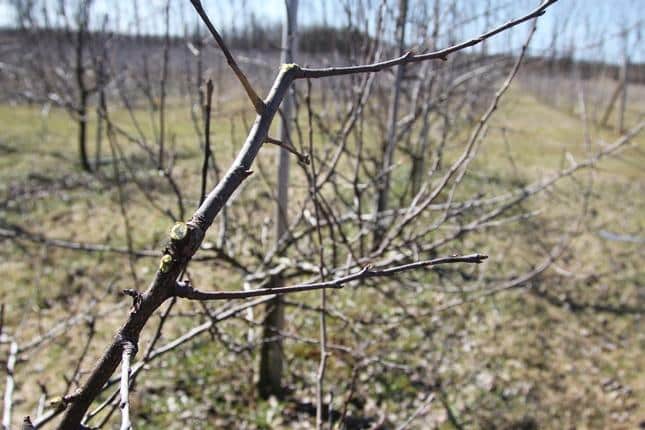
Green walnut pruning in summer
The summer procedure is aimed at removing branches damaged by diseases or pests. Formative pruning is also carried out in the summer, if it was not done in the spring. In the summer, the "haircut" scheme is used. This type has the best effect on fruiting. But in summer, walnuts are pruned once every few years.
Autumn pruning
In the fall, a sanitary procedure is carried out. Prune the tree after it has shed all the leaves. The procedure is carried out as early as possible, while the crown has not had time to form in a chaotic manner. Cut off dry and diseased branches. If the walnut is already an adult tree, then you will have to remove large enough branches. And for the plant, this is a lot of stress.

The nuances of the operation
Before performing the procedure, it is important to study all the nuances of pruning. Since the procedure for walnuts is very stressful, it is important to approach crown formation responsibly. The first time after planting a walnut seedling, the procedure is carried out in the second year.
How to shorten the branches of young trees?
If the nut seedling is young enough, pruning is only required after two years of age. And it is not recommended to delete many branches during this period. Another criterion by which you can understand that it's time to cut the seedling is that the trunk height has reached 100 cm. If the tree is below 100 cm, you should wait with the procedure. During this period, a bowl-shaped crown formation is suitable. 3-4 skeletal branches are left on the plant, which will be responsible for fruiting. And the rest is removed.
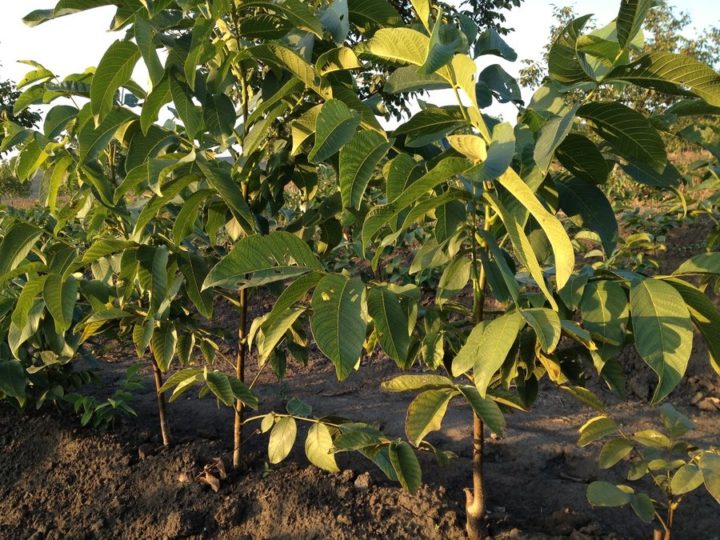
In the third year, dry or damaged branches are removed. Pruning during this period should not be intense.
Caring for mature trees
Pruning the crown is an important step in walnut care. But shaping the nut alone will not be enough. To increase yields, you cannot do without organizing watering and applying additional fertilizing. The nut does not like loosening the soil. The nut belongs to moisture-loving crops, so it is watered twice a month with the onset of spring. One tree needs 4-5 liters of water. Only warm water is used for irrigation.
With the onset of August, irrigation is stopped. In the fall, they watered if there was almost no rain. In this case, the walnut is moistened before the onset of cold weather.
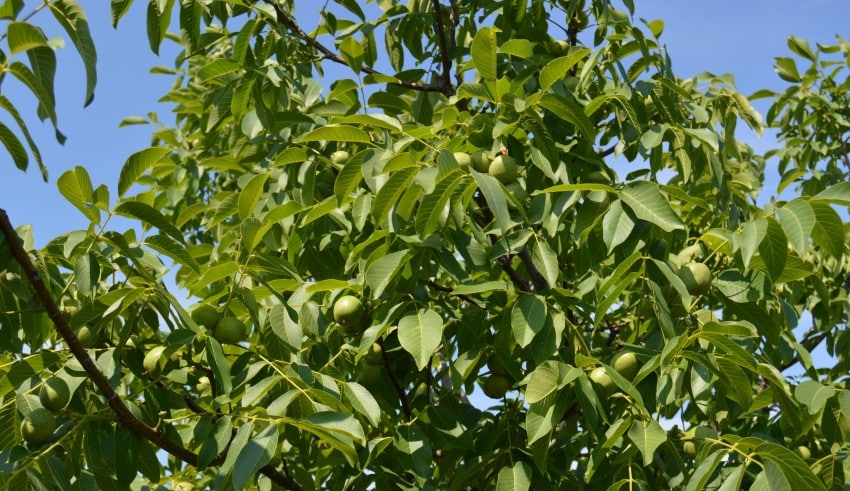
Nitrogen is introduced into the soil in spring and in the first half of summer. Phosphorus and potash fertilizers are added to the soil closer to autumn. Green manure plants also have a beneficial effect on nut growth. In summer, lupines, peas, oats, rank or clover are planted next to the tree. And in the fall they are dug up together with the soil. Green manure plants fill the soil with nutrients that are necessary for the nut with the onset of spring.
Common cropping mistakes
Not having an accurate idea of how to properly prune, many gardeners make gross mistakes, after which the tree grows only worse.
Common mistakes of summer residents:
- Trim branches with a blunt, non-sterile knife or pruner.
- Treat tree wounds with oil paint or garden varnish.
- Form the crown when the cold weather has already come in the fall or when the frosts have not ended in early spring.
- Too many branches to delete.
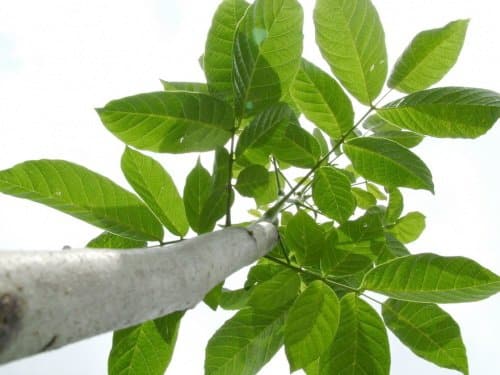
Having studied in advance the rules for cutting walnuts in spring and autumn, it will be possible to avoid gross mistakes and not harm the plant.
How to handle large cuts in wood
It is believed that it is better not to process the cut points on the branches at all and let them heal naturally. But still it is worth processing so that fungal diseases do not appear on them.
How to handle the cuts:
- A solution of sugar (2 tsp per 200 ml of water).
- Honey solution (3 tsp for 250 ml of water).
- A solution of potassium permanganate.
The surface of the cuts on the branches of the plant has the ability to oxidize even in winter, so the processing of fresh cuts on the tree is necessary in any case.
